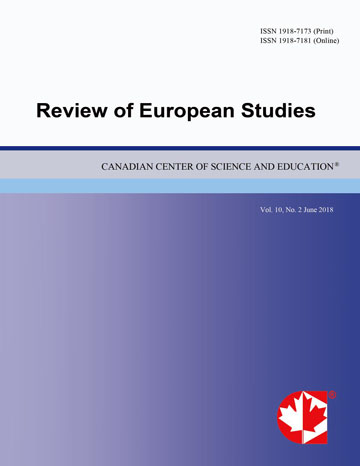The Democratic Values of the Student Movement in Kosovo 1997/1999 and Their Echoes in Western Diplomacy
- Lulzim Nika
Abstract
After the fall of east orientated political system and coming of the pluralistic system in the Yugoslav federation, the nationalisms that claimed to dominate Yugoslavia, such as Serbian, Croatian and Slovenian nationalism came to the surface, which also led to the overthrow of Yugoslavia. Following the abolition of Kosovo's limited autonomy of 1974, in March 1989, the Milosevic Serb regime during the 1990s imposed violent measures in all Kosovo institutions by removing Albanian workers from their jobs. Thus, Kosovo, Albanians were expelled collectively from the education process in the Albanian language, and left school and university facilities. Efforts to reach an agreement between Albanians and Serbian representatives for education during 1992 were unsuccessful. In these difficult contexts, the parallel education system of Kosovo Albanians was organized. In these difficult circumstances, students and Albanian students continued learning outside school facilities. After ignoring the Kosovo problem in the peace agreement reached in Dayton for Bosnia, the dissatisfaction with the peace policy led by Dr. Ibrahim Rugova grew all over Kosovo. In these circumstances, professors and students with vision began to talk about the organization of peaceful protests against the Serbian regime. After a long process, a new student movement took place at the University of Prishtina, which marks the beginning of the great protest on 1 October 1997. In this paper, we analyse the attitudes of international diplomacy with a special emphasis on the West in relation to this movement following the 1 October 1997 peace protests in Kosovo.
- Full Text:
 PDF
PDF
- DOI:10.5539/res.v10n2p167
Index
- ACNP
- CNKI Scholar
- DTU Library
- Elektronische Zeitschriftenbibliothek (EZB)
- EuroPub Database
- Excellence in Research for Australia (ERA)
- Genamics JournalSeek
- Google Scholar
- Harvard Library
- HeinOnline
- Infotrieve
- JournalTOCs
- Mir@bel
- Open policy finder
- RePEc
- ResearchGate
- ROAD
- Scilit
- Technische Informationsbibliothek (TIB)
- The Keepers Registry
- Universe Digital Library
- WorldCat
Contact
- Paige DouEditorial Assistant
- res@ccsenet.org
